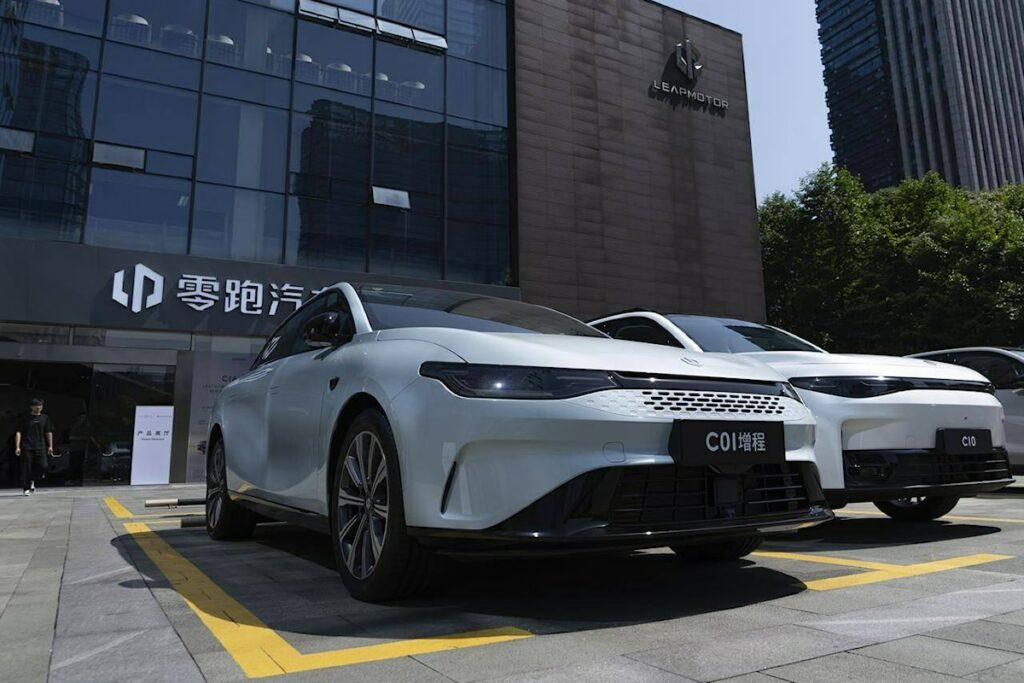What steps will the WTO take next in reviewing China’s complaint and potentially launching a formal investigation?
China files WTO complaint against Canada over tariffs on electric vehicles, aluminum, and steel
In a move that has heightened tensions between China and Canada, China has filed a complaint with the World Trade Organization (WTO) over Canadian tariffs imposed on Chinese electric vehicles, aluminum, and steel. The complaint comes as part of China’s efforts to challenge what it views as unfair trade practices by Canada and seek resolution through international channels.
Background on the tariffs
- Canada imposed tariffs on Chinese imports of electric vehicles, aluminum, and steel as part of broader trade measures targeting China’s trade practices. The tariffs were implemented in response to alleged unfair trade practices by China, including dumping and subsidization of these products.
- China has denied these allegations and argues that the tariffs are unjustified and violate WTO rules. The country has been vocal in its opposition to the tariffs and has sought to challenge them through various means, including the WTO complaint.
China’s response
In filing the WTO complaint, China is seeking to challenge the legality of the Canadian tariffs and push for their removal. The complaint argues that the tariffs violate WTO rules, including those relating to anti-dumping and countervailing duties, and are detrimental to free trade.
Impact on the electric vehicle, aluminum, and steel industries
- The tariffs on electric vehicles, aluminum, and steel have had a significant impact on the industries involved. Chinese exporters of these products have faced increased costs and reduced competitiveness in the Canadian market due to the tariffs.
- The tariffs have also led to tensions between China and Canada, with both countries accusing each other of engaging in unfair trade practices. The WTO complaint is likely to further escalate these tensions, as it could lead to a prolonged legal battle between the two countries.
Next steps
- The WTO will now review China’s complaint and decide whether to launch a formal investigation into the matter. If the WTO finds in China’s favor, Canada may be required to remove the tariffs on electric vehicles, aluminum, and steel.
- The outcome of the WTO complaint could have far-reaching implications for the global trade landscape, as it may set a precedent for how countries can address trade disputes through international channels.
In conclusion
China’s decision to file a WTO complaint against Canada over tariffs on electric vehicles, aluminum, and steel reflects the country’s commitment to challenging what it sees as unfair trade practices. The outcome of the complaint could have significant implications for the industries involved and the broader global trade environment. As the dispute continues to unfold, it will be important to closely monitor developments and assess the potential impact on trade relations between China and Canada.
China Files WTO Complaint Against Canada Over Tariffs on Chinese Goods
The recent announcement of tariffs by Canada on Chinese electric vehicles, aluminum, and steel has led to China lodging a complaint against Canada at the World Trade Organization. This move follows a similar action by the United States and underscores growing tensions in global trade.
Background of the Issue
In response to Prime Minister Justin Trudeau’s decision to impose a 100% tariff on Chinese EVs and a 25% tariff on steel and aluminum, China has taken swift action through the Ministry of Commerce. While the US tariffs have not yet been implemented, Canada’s tariffs are set to go into effect next month.
Reasons for Tariffs
Finance Minister Chrystia Freeland cited unfair trading practices as well as concerns about environmental and labor standards in China. She highlighted how these factors allow China to price its products unfairly, leading to economic harm and environmental degradation.
Industry Pressure
The decision to impose tariffs was influenced by pressure from industry groups in Canada, including automakers, steel plants, and aluminum manufacturers. These sectors pushed for measures to address what they saw as unfair trade practices benefiting Chinese companies.
Future Implications
These developments come at a time when both the US and Canada are investing heavily in building domestic supply chains for electric vehicles. The rise of imports from China, especially after Tesla shifted its Canadian sales manufacturing from the US to Shanghai, has raised concerns about protecting domestic industries.
Looking Ahead
Beyond EVs and traditional metals like aluminum and steel, Canada is considering broader implications of Chinese imports across various sectors such as batteries, semiconductors, solar products,and critical minerals. The federal government has initiated a consultation period to assess potential risks posed by increased reliance on Chinese goods.
Potential Consequences
An RBC report highlighted potential risks associated with retaliatory measures from China over the tariffs imposed by Canada. Such actions could lead to increased costs domestically while also undermining efforts aimed at transitioning away from gas-powered vehicles by 2035.
Conclusion
As tensions over trade continue between major economies like Canada and China,it is crucial for all parties involved to find amicable solutions that balance protectionism with fair competition in international markets.Author: Nojoud Al Mallees (Content Writer)
